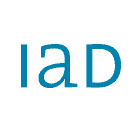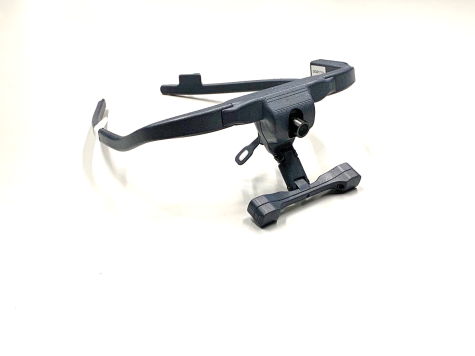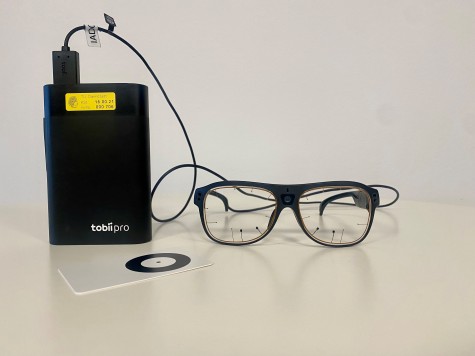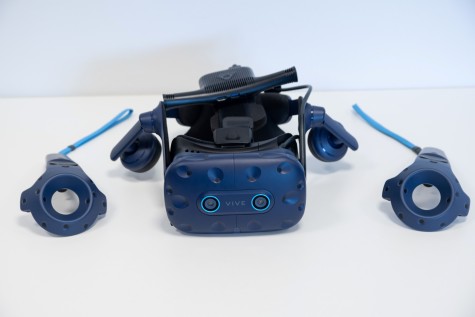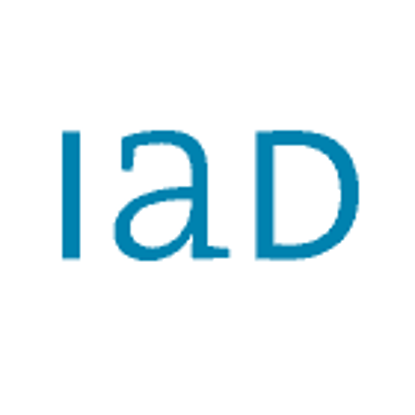At IAD, we use modern eye-tracking technologies in research and industrial projects to analyze the gaze behavior of users when interacting with technical systems, user interfaces and workstations. By recording gaze directions and fixation points, we gain in-depth insights into attention distribution, information processing and cognitive strain of users. In addition, eye-tracking systems make it possible to measure the blink frequency and pupil diameter of users in order to draw conclusions about their mental strain and emotional states.
In usability studies in particular, eye tracking provides valuable quantitative gaze data that can be used to evaluate the design, user-friendliness and efficient usability of products and workstations. Based on this data, we develop design recommendations that aim to minimize visual and cognitive strain and ensure an intuitive, fast acquisition of relevant information.
With our expertise in the collection and evaluation of gaze data and our use of advanced measurement systems, we contribute to the design of ergonomic workplaces and the optimization of user interfaces and processes in various application contexts.
Example applications:
- In a driving simulator study, the eye-tracking system “Dikablis” was used to analyze drivers’ gaze behavior during highly automated driving as they engaged in non-driving-related tasks. This allowed conclusions to be drawn about the cognitive strain caused by these tasks, as well as the drivers' confidence in the automated driving system.
- The “Tobii Pro Glasses 3” were used in a real-life laboratory study to investigate the gaze behavior of employees at monitor-based workstations in the control center for automated vehicles. Based on the gaze data collected, design recommendations were formulated for the further development of the vehicle fleet management dashboard.
- In a user study in virtual reality, the eye-tracking VR glasses “HTC Vive Pro Eye” were used to record the gaze behavior of pedestrians in order to evaluate the perception of external human-machine interfaces of automated vehicles that are used to communicate with other road users such as pedestrians.
Eye-Tracking analysis in a driving simulator using the Dikablis system
If you would like to know whether the method is suitable for your application, you are welcome to contact us using the contact button on the right. Your enquiry will then be forwarded directly to our experts.


